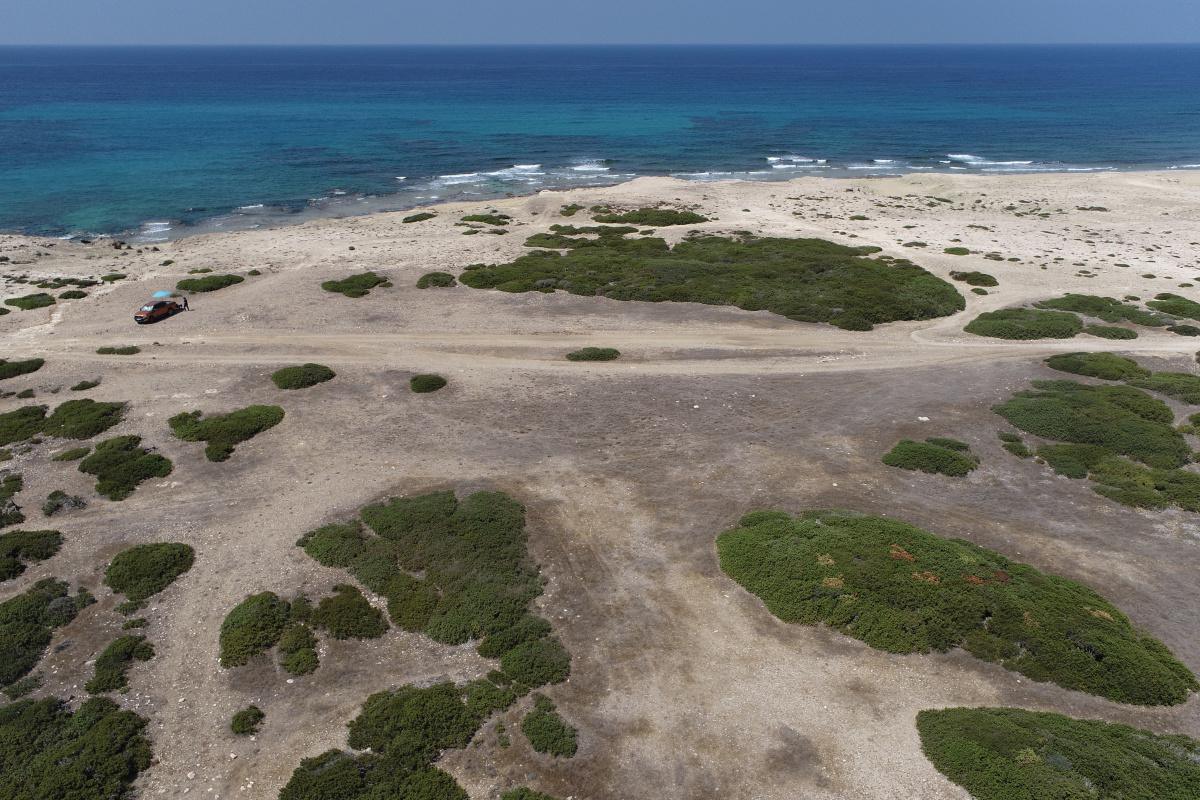Archaeologists have found that Pleistocene hunter-gatherers settled in Cyprus thousands of years earlier than previously thought.
An analysis of the oldest archaeological sites on the island suggests that the first human occupation occurred between 14,257 and 13,182 years ago.
This analysis, published in the journal Proceedings of the National Academy of Sciences, used archaeological data, climate estimates, and demographic modelling.
The demographic modelling indicates that these early groups consisted of hundreds to thousands of people, who arrived in two to three main migration events over a period of only 100 years. Within just a few centuries, 11 generations – the population of Cypris had expanded to up 4,000 to 5000 inhabitants.
According to the study authors, these findings refute previous studies that suggested Mediterranean islands would have been unreachable and inhospitable for Pleistocene hunter-gatherer societies. “This settlement pattern implies organised planning and the use of advanced watercraft,” says Professor Bradshaw.
The climate estimates suggest that these early settlers arrived at a time during an increase in temperature and precipitation, also enabling an increase in environmental productivity that could sustain large hunter-gather populations.
Dr Moutsiou, said: “It has been argued that human dispersal to and settlement of Cyprus and other eastern Mediterranean islands is attributed to demographic pressures on the mainland after abrupt climatic change saw coastal areas inundated by post-glacial sea-level rise, forcing farming populations to move to new areas out of necessity rather than choice.”
Our research, based on more archaeological evidence and advanced modelling techniques, changes that”, adds Dr Moutsiou.
The research – “Demographic models predict end-Pleistocene arrival and rapid expansion of pre-agropastoralist humans in Cyprus” by Corey Bradshaw, Christian Reepmeyer, Frédérik Saltré, Athos Agapiou, Vasiliki Kassianidou, Stella Demesticha, Zomenia Zomeni, Miltiadis Polidorou and Theodora Moutsiou – has been published in the Proceedings of the National Academy of Sciences of the USA.
Header Image Credit : Michalakis Christoforou
Sources : Demographic models predict end-Pleistocene arrival and rapid expansion of pre-agropastoralist humans in Cyprus. https://doi.org/10.1073/pnas.2318293121


